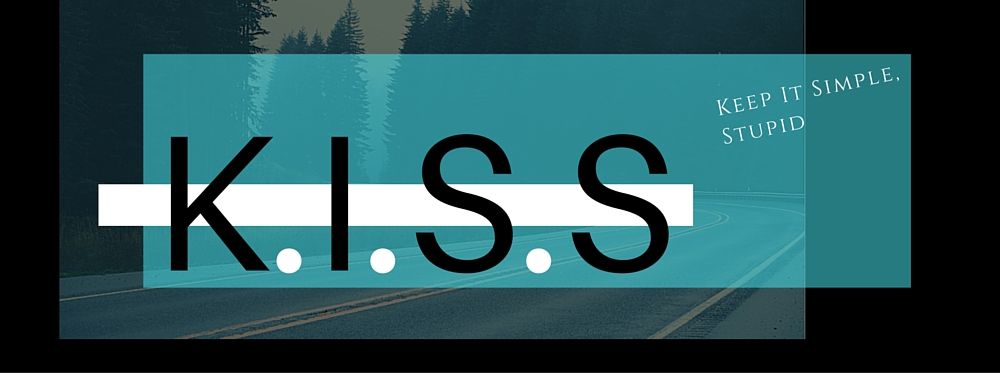- Bramble and Birdseeds
- Posts
- What makes a good dashboard great?
What makes a good dashboard great?
5 simple reminders I'm using this week

This week, I’m testing out Monday.com and the ability to build useful and time-sensitive dashboards that can help my client - the COO of a de novo insurance company - manage across space and time more effectively.
This got me thinking about what makes a great dashboard. Here are the reminders I’m using this week to keep myself focused.
What makes a good dashboard great?
It tells you what you want to know.
It helps you prioritize quickly.
It keeps your team informed and accountable.
You can drill down easily when you need to.
It covers your blind spots.
This list is short and simple, but that’s what I love about it. When we try to make our data visualization impressive and complicated, we can lose sight of what actually matters.
Below are a few helpful resources for identifying what matters and how to track them… and read on to see how I’m applying these principles right now.
How I’m applying these reminders right now:
It tells you what you want to know.
The “you” here is super important. It’s not me. It’s the client’s management team. So in order to identify the right key items to track I have to understand what matters to them and how they plan to use the tool.
It helps you prioritize quickly.
With a million startup projects happening simultaneously, the team needs an easy way to see what mission critical items are at risk. So that means identifying key milestones and risks will be essential.
It keeps your team informed and accountable.
How can each member of the team see what they need to focus on and get a solid view of the whole picture without wasting time on status meetings? And how can my client have a punch list ready to go for partners that owe key deliverables?You can drill down easily when you need to.
A good dashboard helps you see where the problem spots are, where you are plan and where you’re off, and serves as a jumping off point for more questions. So how does the tool let you drill into the supporting data and slice and dice it on the spot?It covers your blind spots.
We all have the things we love and the things we avoid. So what doesn’t the team want to focus on but still needs to keep an eye on? Building in some quick indicators for when to focus on our blind spots can be a real business saver.
OK, so now that I’ve reminded myself of the basics, I’m off to prototype some new dashboards.




